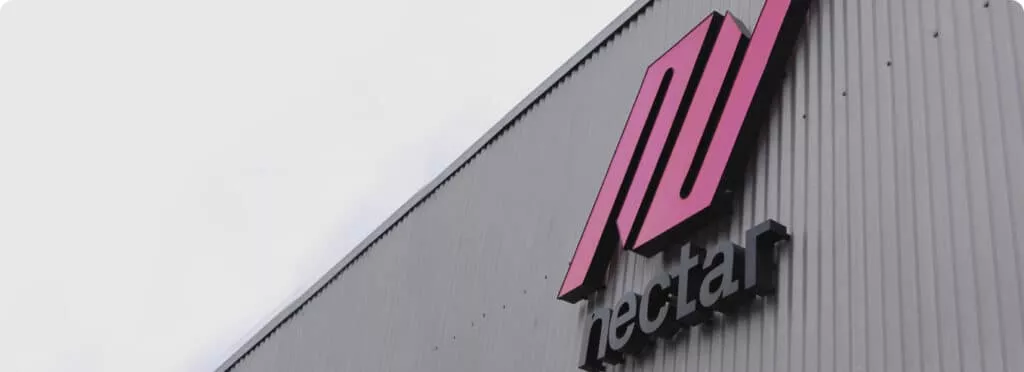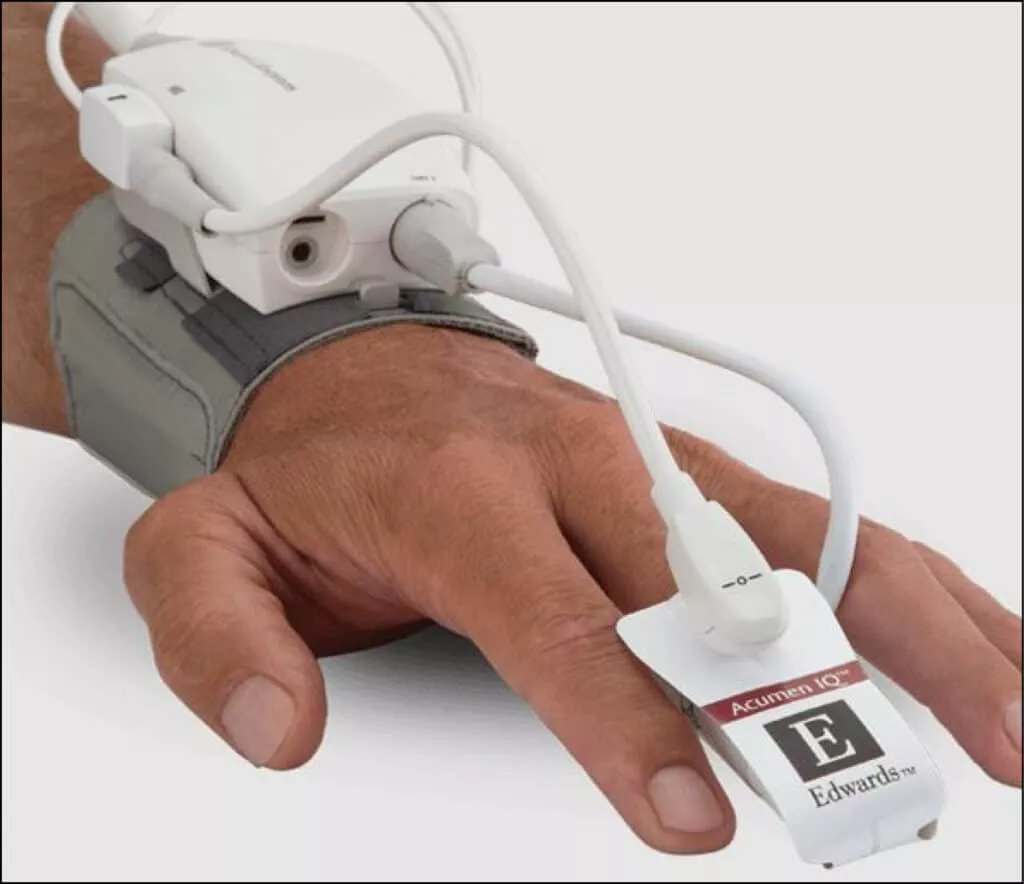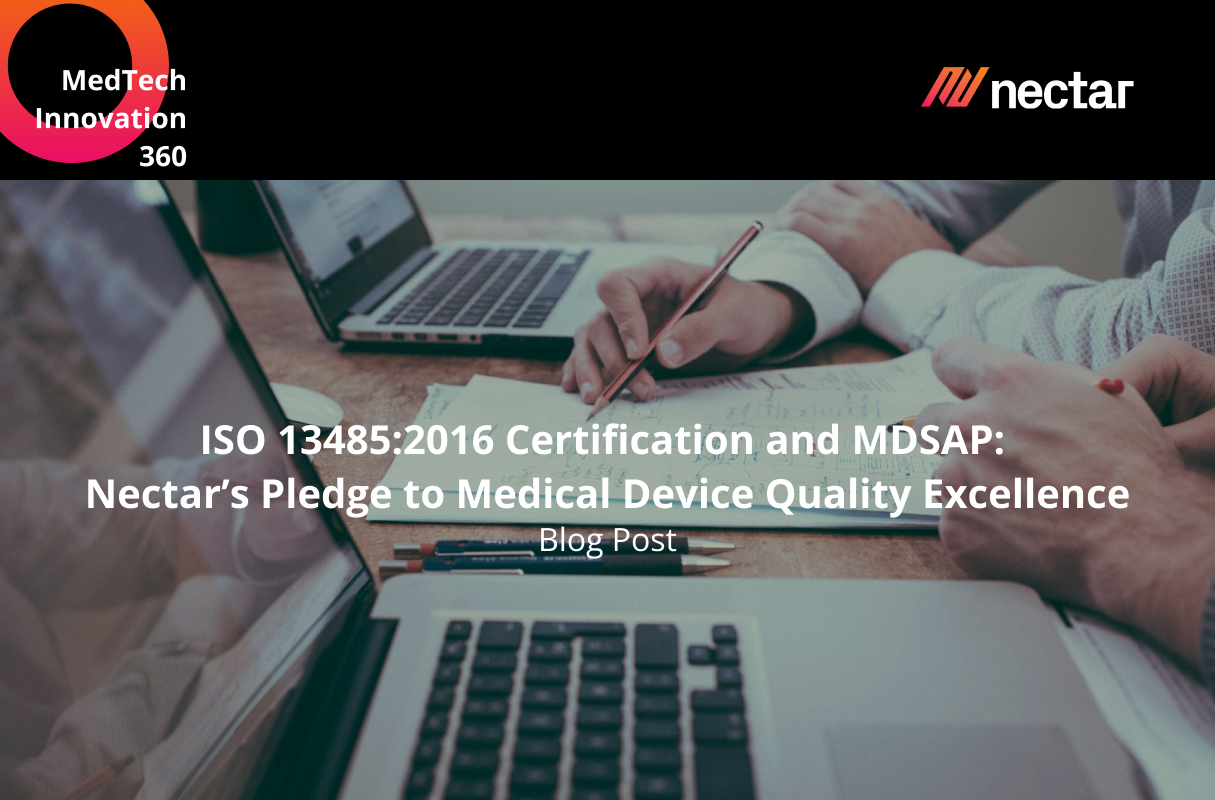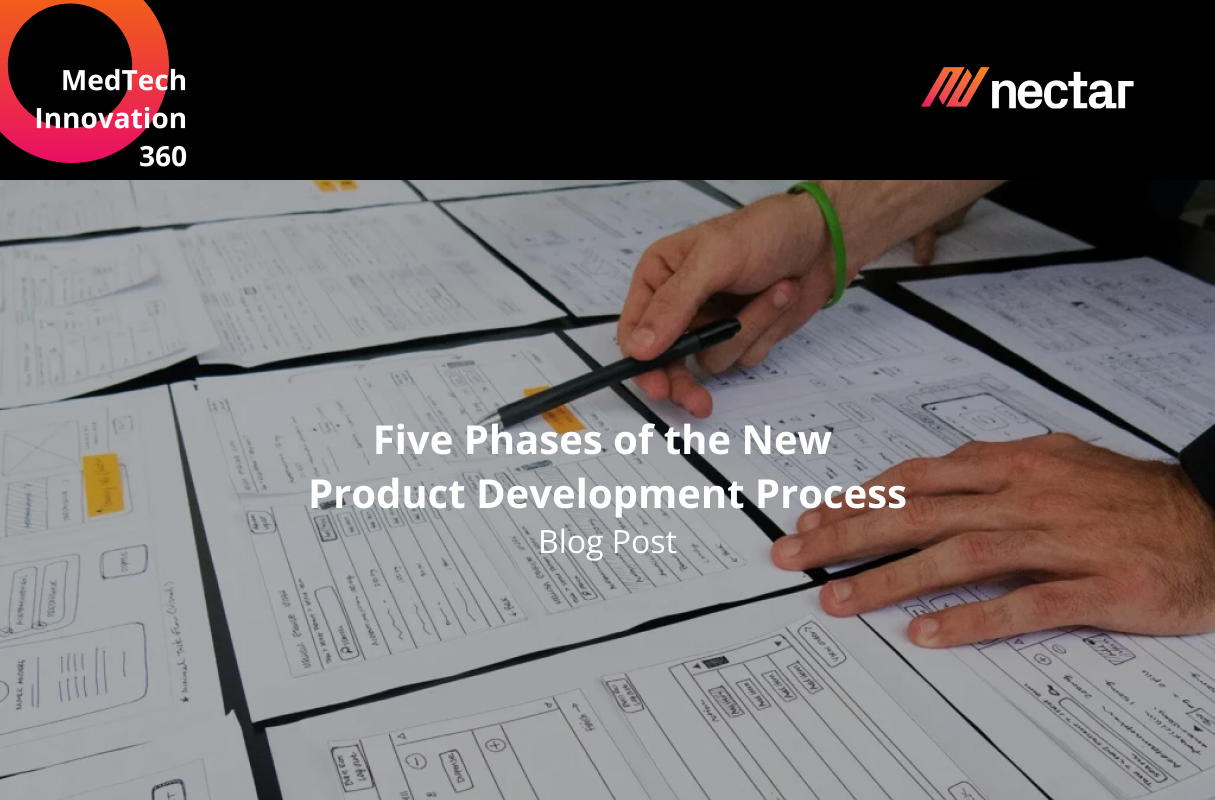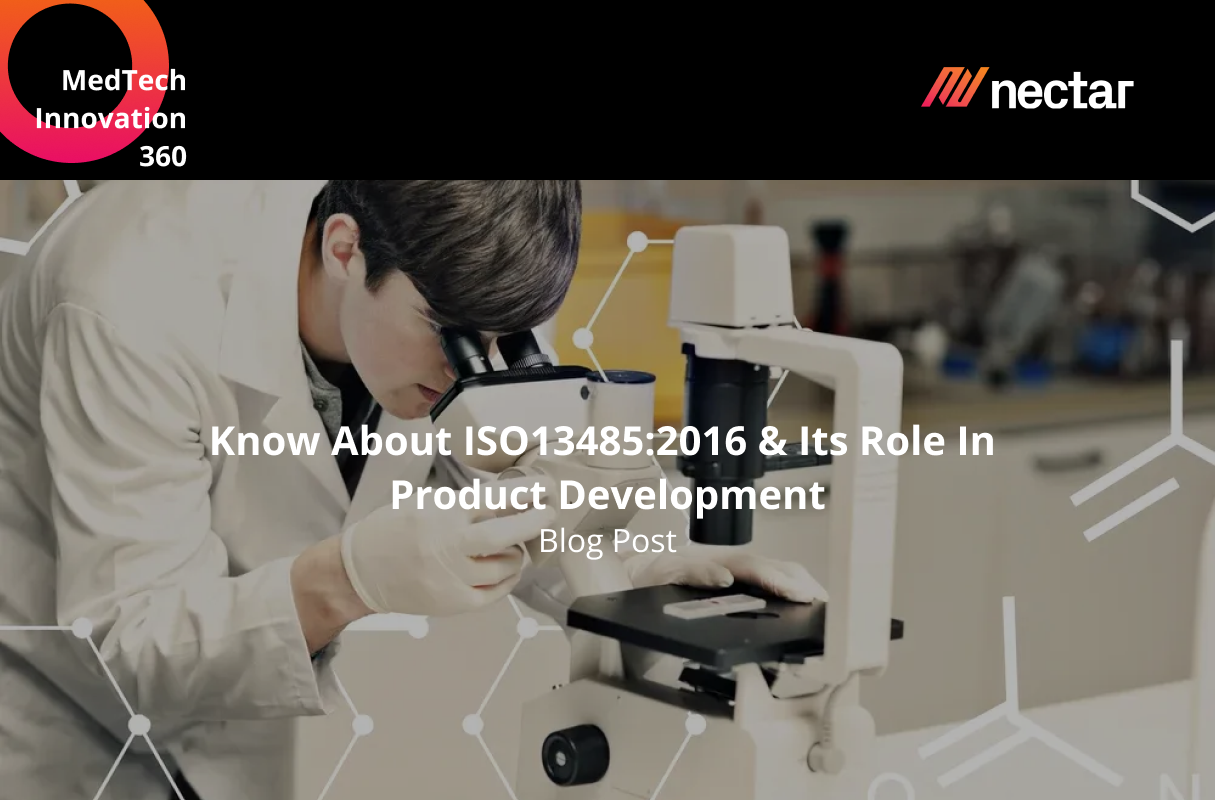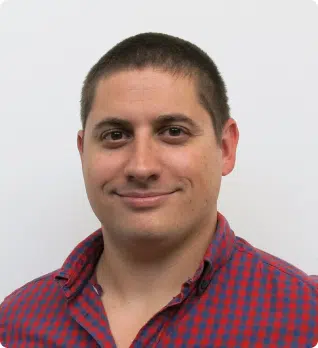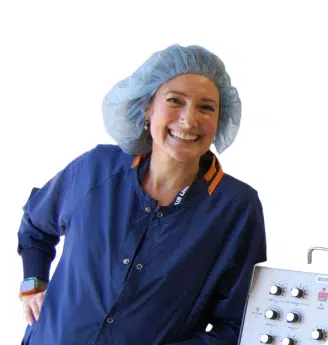Introduction to the Medical Device Single Audit Program (MDSAP)
The Medical Device Single Audit Program (MDSAP) is an international initiative that aims to harmonize medical device regulations and auditing processes. It was developed to streamline the regulatory requirements for medical devices and improve patient safety across multiple countries. In this comprehensive guide, we will explore the benefits of implementing MDSAP, the key components of its framework, and the steps to successfully implement it in your organization.
Understanding the Benefits of Implementing MDSAP
Implementing MDSAP offers several benefits for both medical device manufacturers and regulatory authorities. One of the key advantages is the reduction in regulatory burden. Instead of undergoing separate audits for each country where the device is marketed, MDSAP allows manufacturers to undergo a single audit that satisfies the requirements of multiple regulatory authorities.
Another benefit is the increased efficiency and cost savings. By implementing MDSAP, manufacturers can avoid the duplication of efforts and resources required for multiple audits. This leads to significant cost savings and allows manufacturers to focus on other aspects of medical device development and commercialization.
Key Components of the MDSAP Framework
The MDSAP framework consists of several key components that guide the implementation process. These components include:
1. Management Responsibility: This component focuses on the commitment of top management to the implementation of MDSAP. It involves establishing a quality management system, defining roles and responsibilities, and ensuring the availability of necessary resources.
2. Device Marketing Authorization and Facility Registration: This component deals with the requirements for marketing authorization of medical devices and registration of manufacturing facilities. It includes processes for obtaining licenses and permits, as well as maintaining compliance with regulatory requirements.
3. Risk Management: Risk management is a critical component of MDSAP implementation. It involves identifying potential risks associated with the use of medical devices, assessing their impact, and implementing appropriate risk control measures. This component ensures that manufacturers have robust processes in place to manage risks throughout the lifecycle of their devices.
4. Measurement, Analysis, and Improvement: This component focuses on the continuous improvement of the MDSAP implementation process. It involves establishing metrics, collecting data, analyzing performance, and implementing corrective actions to address any nonconformities or areas for improvement.
Steps to Successfully Implement MDSAP in Your Organization
Implementing MDSAP requires careful planning and execution. Here are the steps to successfully implement MDSAP in your organization:
5. Familiarize Yourself with MDSAP Requirements: Start by thoroughly understanding the requirements and expectations of the MDSAP framework. Familiarize yourself with the relevant regulations and guidance documents provided by the regulatory authorities participating in MDSAP.
6. Conduct a Gap Analysis: Perform a comprehensive gap analysis to identify any areas where your current quality management system does not align with the requirements of MDSAP. This will help you understand the scope of the implementation process and prioritize the necessary changes.
7. Develop an Implementation Plan: Based on the findings of the gap analysis, develop a detailed implementation plan. This plan should outline the specific actions and timelines required to achieve MDSAP compliance. Ensure that the plan includes all relevant stakeholders and resources needed for successful implementation.
8. Train and Educate Your Team: Training and education are crucial for successful MDSAP implementation. Provide your team with the necessary knowledge and skills to understand and comply with the requirements of MDSAP. This may involve conducting internal training sessions, hiring external consultants, or leveraging online resources.
9. Implement Changes to Your Quality Management System: Make the necessary changes to your quality management system to align with the requirements of MDSAP. This may include updating procedures, documentation, and processes to ensure compliance. Ensure that all changes are well-documented and communicated to relevant stakeholders.
10. Perform Internal Audits: Conduct internal audits to verify the effectiveness of your MDSAP implementation. These audits should be conducted by qualified individuals who are independent from the areas being audited. Identify any nonconformities or areas for improvement and implement corrective actions.
11. Prepare for the MDSAP Audit: Once you are confident in the readiness of your organization, engage an authorized auditing organization to perform the MDSAP audit. Ensure that you have all the necessary documentation and evidence to demonstrate compliance with the MDSAP requirements.
12. Address Audit Findings: If any nonconformities are identified during the MDSAP audit, take prompt corrective actions to address them. Work closely with the auditing organization to ensure that all findings are adequately addressed and resolved.
Importance of Risk Management in MDSAP Implementation
Risk management plays a crucial role in the successful implementation of MDSAP. It helps manufacturers identify potential hazards associated with their devices, assess the risks, and implement appropriate risk control measures. By integrating risk management into their processes, manufacturers can ensure the safety and effectiveness of their devices throughout their lifecycle.
During the MDSAP implementation process, manufacturers are required to establish processes for risk management. This involves conducting risk assessments, developing risk management plans, and implementing risk control measures. By proactively addressing potential risks, manufacturers can minimize the likelihood of adverse events and improve patient safety.
It is important for manufacturers to stay updated on the latest risk management practices and regulatory requirements. They should regularly review and update their risk management processes to align with changing regulations and industry best practices. By continuously improving their risk management practices, manufacturers can enhance the quality and safety of their devices, thereby improving their chances of successful MDSAP implementation.
Training and Education Requirements for MDSAP Implementation
Training and education are essential for successful MDSAP implementation. Manufacturers should ensure that their employees have the necessary knowledge and skills to understand and comply with the requirements of MDSAP. This may involve providing training on quality management systems, risk management, regulatory requirements, and auditing processes.
It is important to tailor the training programs to the specific roles and responsibilities of each employee. For example, employees involved in quality assurance and regulatory affairs may require more in-depth training on MDSAP requirements, while employees in manufacturing and design may need training on risk management and design controls.
In addition to internal training programs, manufacturers may also consider leveraging external resources. This could involve hiring consultants with expertise in MDSAP implementation or attending industry conferences and seminars. Online resources, such as webinars and e-learning modules, can also be valuable tools for educating employees on MDSAP requirements.
By investing in training and education, manufacturers can ensure that their employees are well-equipped to navigate the complexities of MDSAP implementation. This will not only facilitate compliance with regulatory requirements but also contribute to the overall success of the organization.
Common Challenges in Implementing MDSAP and How to Overcome Them
Implementing MDSAP can be a complex and challenging process. Manufacturers may encounter various obstacles along the way. Here are some common challenges and strategies to overcome them:
13. Lack of Awareness and Understanding: One of the primary challenges is the lack of awareness and understanding of MDSAP requirements. Manufacturers may struggle to grasp the regulatory nuances and the specific expectations of the auditing authorities. To overcome this challenge, invest in training and education programs to ensure that your team is well-informed about MDSAP.
14. Resource Constraints: Implementing MDSAP requires significant resources, including time, personnel, and financial investment. Smaller organizations, in particular, may face resource constraints. To address this challenge, develop a realistic implementation plan that takes into account your organization’s capabilities and limitations. Prioritize activities and allocate resources accordingly.
15. Resistance to Change: Implementing MDSAP often involves making significant changes to existing processes and systems. Resistance to change from employees and stakeholders can hinder the implementation process. To overcome this challenge, involve employees early on in the process, communicate the benefits of MDSAP implementation, and provide adequate training and support to ensure a smooth transition.
16. Maintaining Compliance: MDSAP compliance is an ongoing commitment that requires continuous monitoring and improvement. Manufacturers may struggle to maintain compliance with changing regulations and evolving industry best practices. To address this challenge, establish a robust compliance management system that includes regular audits, performance monitoring, and a culture of continuous improvement.
By proactively identifying and addressing these challenges, manufacturers can ensure a successful MDSAP implementation and maintain compliance in the long run.
Best Practices for Achieving Compliance and Maintaining MDSAP Certification
To achieve compliance and maintain MDSAP certification, manufacturers should follow best practices that have been proven effective in the industry. Here are some key best practices:
17. Establish a Robust Quality Management System: A well-designed and implemented quality management system is essential for MDSAP compliance. Ensure that your quality management system meets the requirements of MDSAP and is aligned with international standards such as ISO 13485. Regularly review and update your quality management system to address any gaps or areas for improvement.
18. Document Everything: Documentation is a critical aspect of MDSAP compliance. Maintain comprehensive records of all activities related to MDSAP implementation, including policies, procedures, training records, audit reports, and corrective actions. Ensure that all documentation is accurate, up-to-date, and easily accessible.
19. Conduct Regular Internal Audits: Internal audits are an important tool for ensuring compliance and identifying areas for improvement. Conduct regular internal audits to assess the effectiveness of your MDSAP implementation and identify any nonconformities or areas that require corrective actions. Implement appropriate corrective actions to address any findings.
20. Stay Updated on Regulatory Changes: Regulatory requirements and industry best practices are constantly evolving. Stay updated on the latest changes in regulations and guidelines related to MDSAP. Regularly review and update your processes and procedures to ensure compliance with the latest requirements. Participate in industry forums and engage with regulatory authorities to stay informed.
21. Invest in Continuous Improvement: MDSAP compliance is not a one-time activity; it requires continuous improvement. Foster a culture of continuous improvement within your organization. Encourage feedback from employees and customers, monitor performance metrics, and implement corrective actions to address any identified issues.
By following these best practices, manufacturers can achieve and maintain MDSAP compliance, demonstrating their commitment to quality and patient safety.
Conclusion: The Future of MDSAP and Its Impact on the Medical Device Industry
The Medical Device Single Audit Program (MDSAP) is an important initiative that aims to harmonize medical device regulations and improve patient safety. By implementing MDSAP, manufacturers can reduce regulatory burden, increase efficiency, and enhance the quality and safety of their devices.
As the medical device industry continues to evolve, the importance of MDSAP implementation will only grow. Regulatory authorities are increasingly adopting MDSAP as the preferred auditing process, and more countries are expected to join the program in the future. Manufacturers who embrace MDSAP early on will have a competitive advantage and be better positioned to navigate the complex regulatory landscape.
In conclusion, mastering the MDSAP is crucial for manufacturers in the medical device industry. By understanding the benefits, key components, and implementation steps, manufacturers can successfully implement MDSAP and achieve compliance. With a robust quality management system, effective risk management practices, and a commitment to continuous improvement, manufacturers can ensure the safety and effectiveness of their devices, contributing to the overall advancement of patient care.
If you are a medical device manufacturer looking to implement MDSAP, don’t hesitate to reach out to our team of experts. We have the knowledge and experience to guide you through the implementation process and help you achieve MDSAP certification. Contact us today to learn more about how we can support your MDSAP journey.
